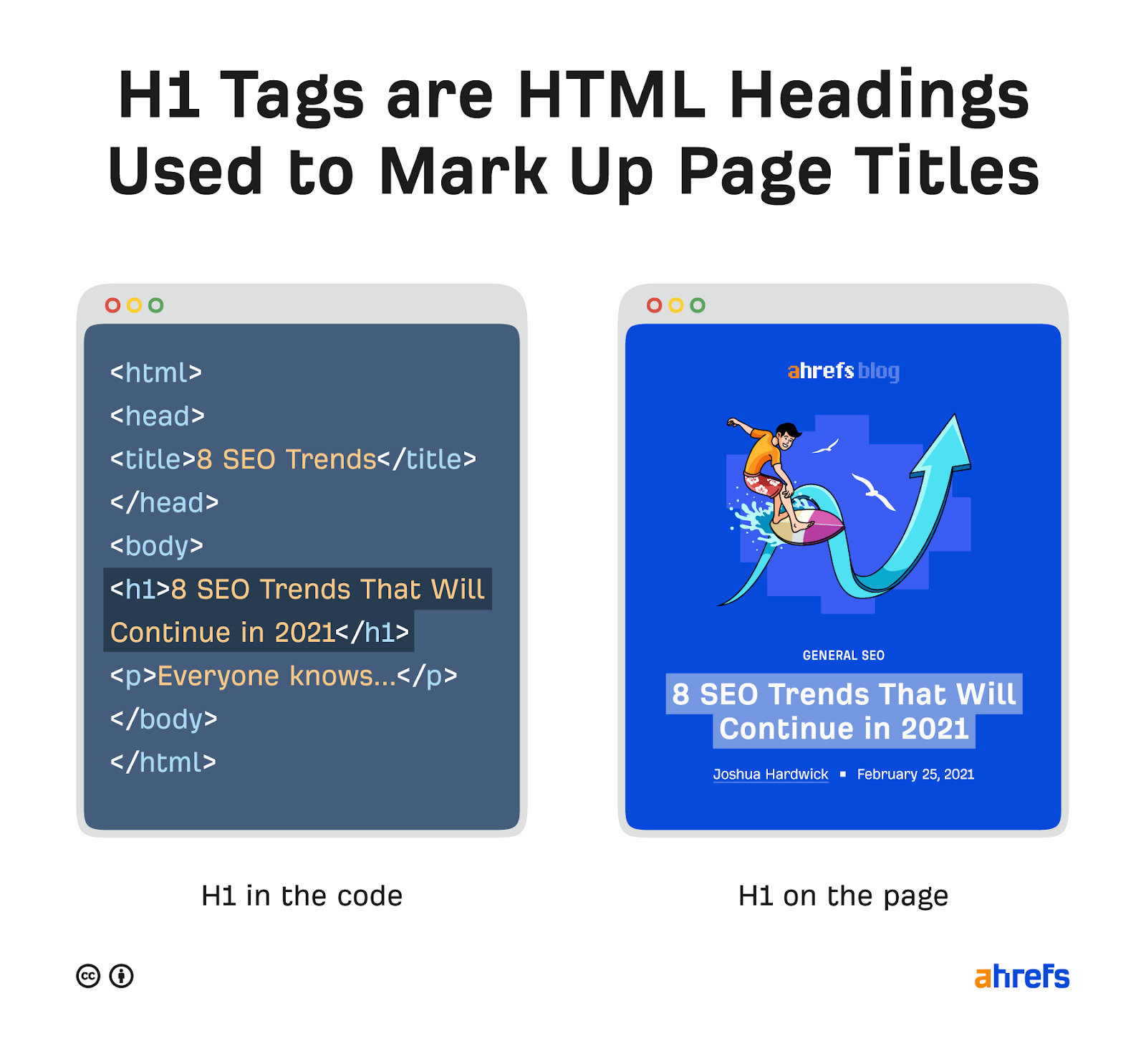Introduction to SEO and H1 Tags
In the ever-evolving world of Seo how many h1 tags should a page have, understanding the nuances can make or break your online presence. One critical element that often gets overlooked is the H1 tag. You might be wondering: how many H1 tags should a page have? This seemingly simple question holds significant implications for how search engines interpret and rank your content.
H1 tags serve as signposts for both readers and crawlers, guiding them through your webpage's structure and relevance. When used effectively, they enhance user experience while aligning with SEO best practices. Join us as we dive into why H1 tags matter, how to use them properly, and what common pitfalls to avoid on your journey toward better rankings in search results!
The Importance of H1 Tags for SEO
H1 tags play a crucial role in SEO. They serve as the main heading for your webpage, indicating its primary topic to both users and search engines. This makes them essential for effective content organization.
Search engines use H1 tags to understand what your page is about. A well-crafted H1 tag can improve visibility in search results, attracting more clicks from potential visitors.
Moreover, they enhance user experience by giving clear direction. When readers land on a page and see an informative H1, they can quickly ascertain if the content meets their needs.
Using relevant keywords within your H1 helps signal to search engines that your content is aligned with specific queries. This strategic placement can lead to higher rankings over time, making good use of this vital HTML element.
Understanding the Purpose of H1 Tags
H1 tags serve as the main heading of a webpage, guiding both users and search engines. Think of them as signposts that provide context about what your content is all about.
When someone lands on your page, the H1 tag is often the first thing they see. It needs to be clear and compelling to draw readers in.
Search engines also pay attention to these tags. They use H1s to understand the primary focus of your content, which can influence how well it ranks in search results.
Moreover, effective use of H1 tags can enhance user experience by establishing a hierarchy within your page's structure. This helps visitors navigate through your content more easily.
By clearly defining what each section covers, you cater not just to search engines but also create a more engaging experience for human readers.
Recommended Number of H1 Tags per Page
When it comes to H1 tags, the golden rule is simplicity. A single H1 tag per page is recommended. This ensures that your main topic shines clearly.
Having multiple H1 tags can confuse search engines. They struggle to determine which topic you are prioritizing. Clarity is key in SEO.
Think of your webpage as a book. The title should be unique and relevant, allowing readers to grasp the essence instantly.
Using one well-crafted H1 can effectively convey your primary message and improve your chances of ranking higher in search results.
Remember, consistency matters too. Align your content under this singular header for better organization and readability. This way, visitors find what they need without distraction or confusion.
Best Practices for Using H1 Tags in SEO
When it comes to using H1 tags effectively, clarity is key. Your H1 should accurately reflect the content of your page. This helps both users and search engines understand what to expect.
Keep it concise yet descriptive. Aim for a length that conveys the main idea without overwhelming readers. Typically, around 20-70 characters works well.
Incorporate target keywords naturally within your H1 tag. This can boost its relevance in search results while maintaining readability.
Make sure there’s only one H1 per page to avoid confusion. Multiple H1 tags can dilute their effectiveness and hinder SEO efforts.
Consider formatting for accessibility. Ensure your H1 stands out visually on the page so users can quickly identify the topic at hand.
Common Mistakes to Avoid with H1 Tags
Using multiple H1 tags on a single page is one of the most common mistakes. Stick to just one H1 per page. This helps search engines understand your primary topic.
Another pitfall is keyword stuffing in H1 tags. While it’s crucial for SEO, overloading your title with keywords can make it sound unnatural and uninviting.
Failing to create an engaging or descriptive H1 is also problematic. Your H1 should clearly convey what the content is about while enticing users to read further.
Avoid using generic titles like “Welcome” or “Home.” These do not provide any value or context for both users and search engines.
Neglecting mobile optimization can hinder performance. Ensure that your H1 looks good on all devices, as user experience plays a significant role in SEO rankings.
Conclusion and Final Thoughts
When it comes to SEO, understanding H1 tags is crucial for optimizing your web pages. H1 tags serve as the primary heading, guiding both users and search engines about the content's focus. The right number of H1 tags per page can enhance readability and improve your site's ranking potential.
Using one well-crafted H1 tag per page is generally accepted as best practice. This approach ensures clarity while signaling to search engines what the main topic is. Remember that a clear hierarchy in headings elevates user experience; maintain this order with subsequent headings like H2 and H3.
Best practices also include ensuring your H1 tag contains keywords relevant to your content without sounding forced or awkward. Avoid common pitfalls such as keyword stuffing or neglecting mobile optimization—both can negatively impact performance.
By adhering to these guidelines, you’re setting up a strong foundation for effective SEO strategies. Your understanding of how many H1 tags should a page have will not only streamline your content but also help attract more visitors through improved visibility on search engine results pages.
